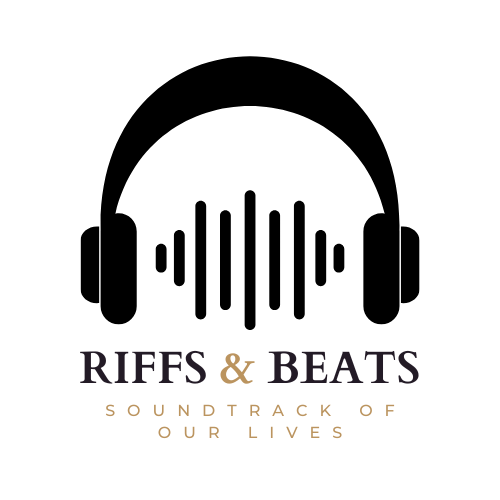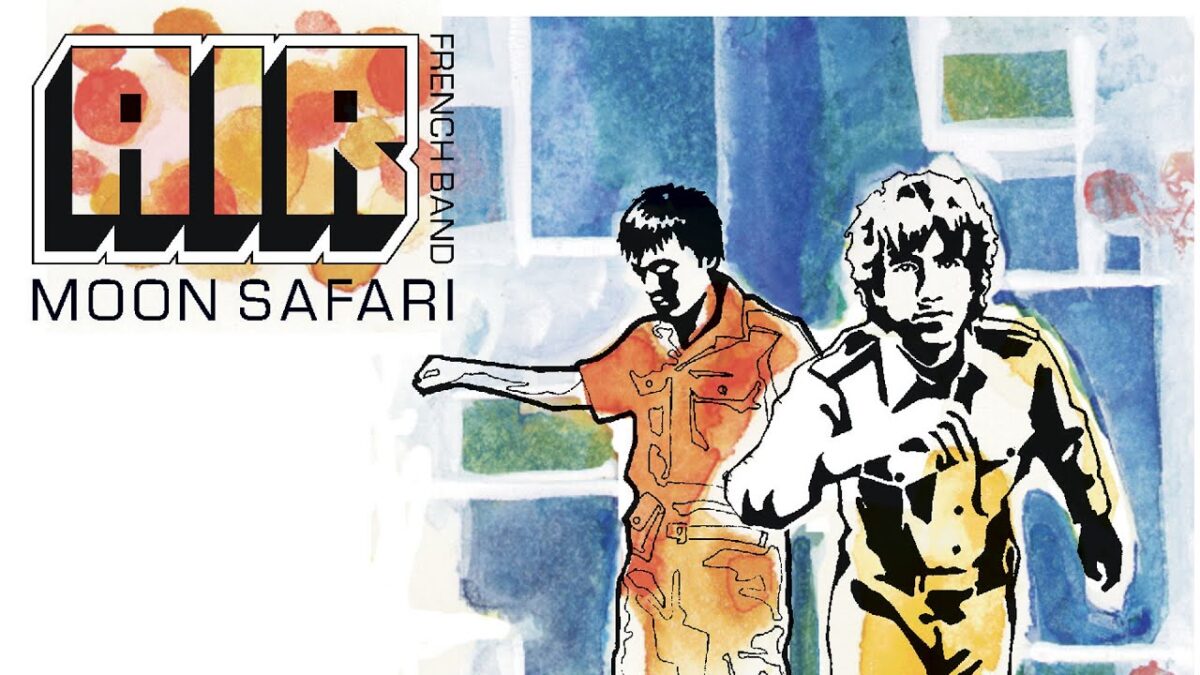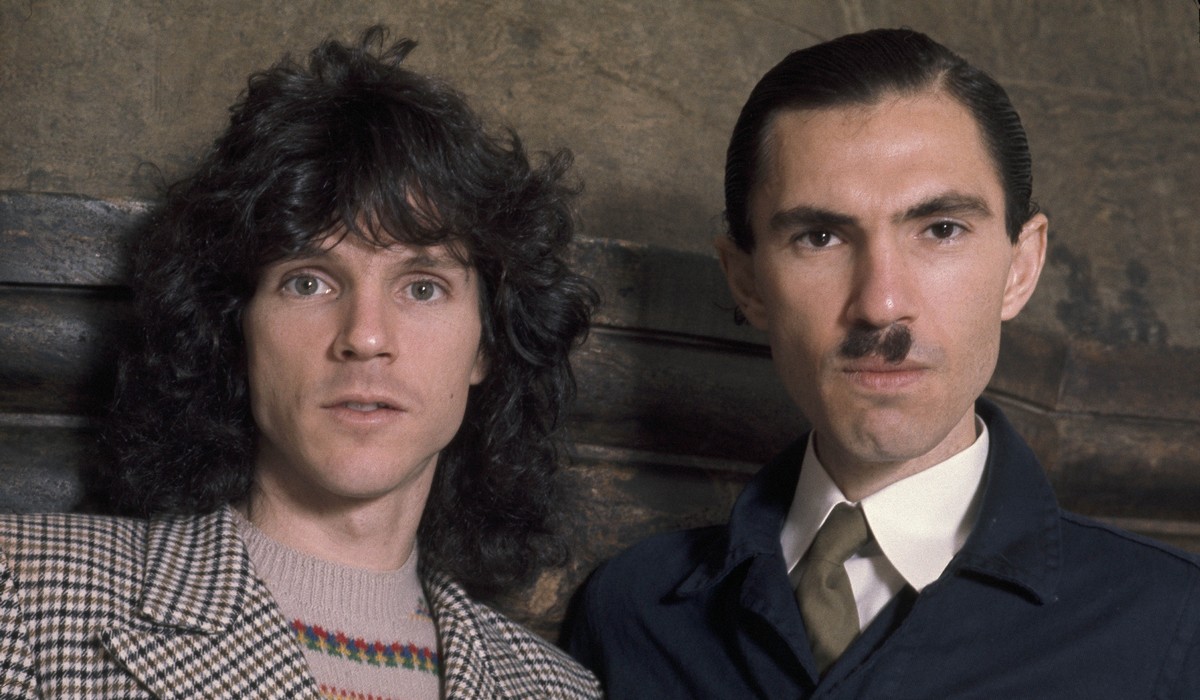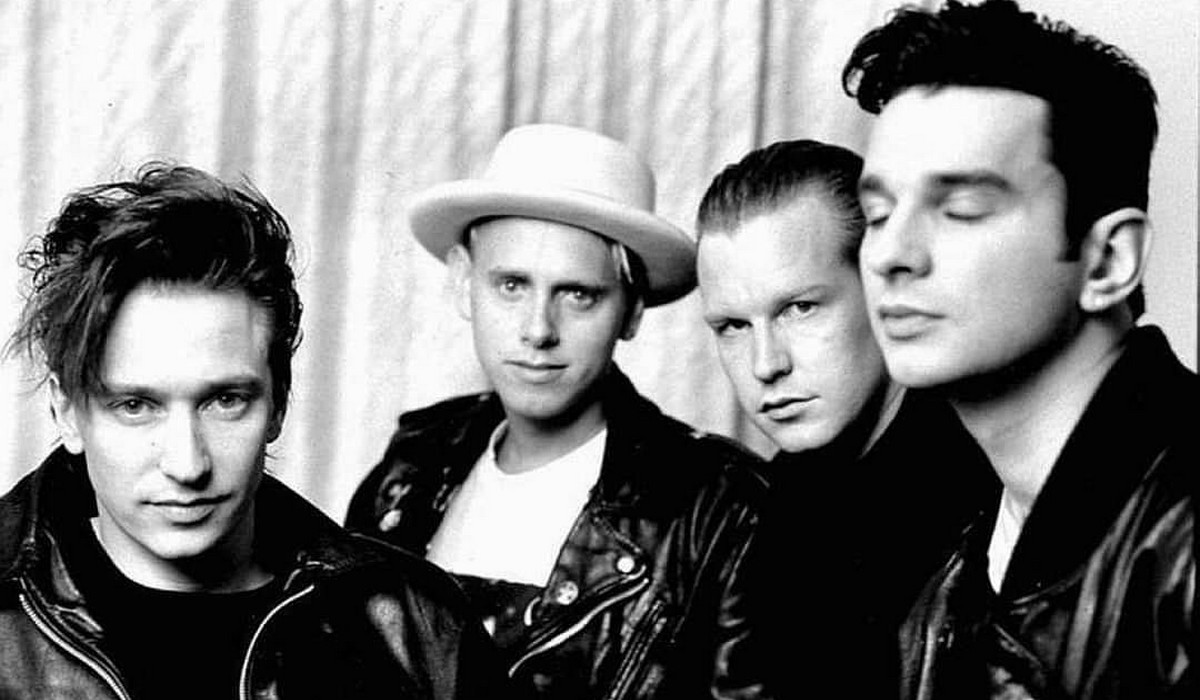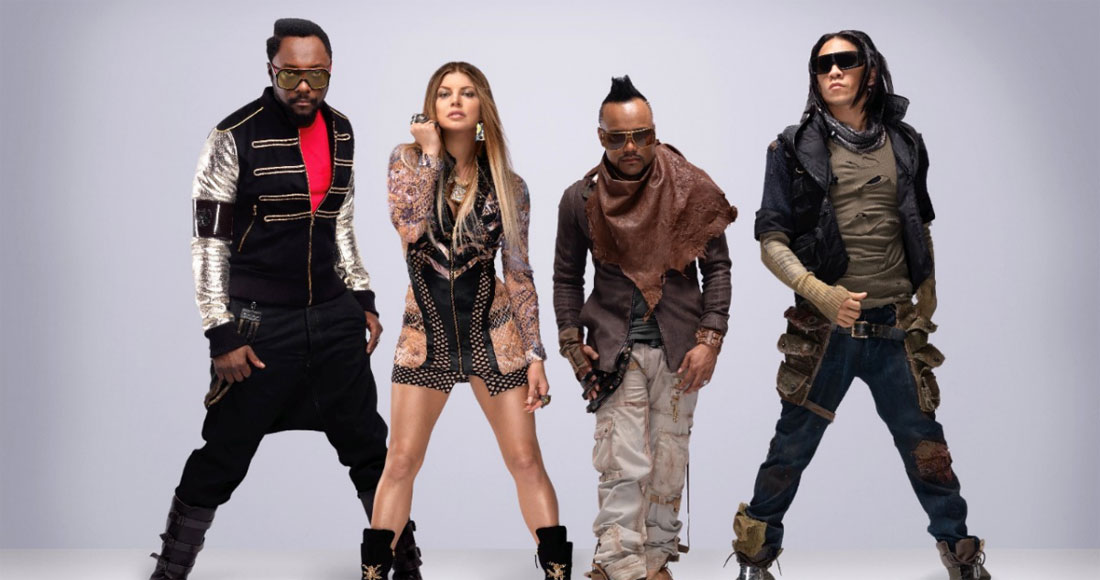From Reykjavík’s northern lights to worldwide spotlights
Her first visit to a Reykjavík studio was when she was eleven. Her voice already combined sharpness with something wild and unfettered. With the enchantment of boyhood curiosity, that first self-titled album mirrored equal parts disco and folk. The real turning point, though, came with The Sugarcubes. For its inventiveness, the band swiftly became well-known. Björk stood center, erratic and magnetic. Her vocals changed tone mid-sentence on songs like “Birthday,” from laughing to almost spiritual. She carved her own way even back then, not trends.
Her individual trip started in the early 1990s; with Debut (1993), she entered a world unlike anything she knew. With musical instinct and emotional openness, the CD combined ambient textures, jazz, and house. While “Venus as a Boy” presented softness and sensuality with extraordinary elegance, “Human Behaviour” possessed nearly primal cadence. She surrounded herself with coworkers who improved her concept without softening it. She was creating a special connection between voice, technology, and intimacy from the beginning.
She took things further with Post (1995), playing with contrasts and strong forms. While “Hyperballad” opened like a digital dream tinted with sadness, “Army of Me” hammered a harsh, industrial rhythm. Then came Homogenic (1997), frequently regarded as a highlight in her discography. Tracks like “Jóga” and “Bachelorette” produced huge emotional worlds by combining electronics textures with strings in a manner that was both organic and futuristic. Every beat and note carried her Icelandic ancestry.
She sees sound as physical, as always. It travels, envelops, and brushes. Her voice emanates emotions rather than just words. Vespertine (2001) did exactly that. Centered on microbeats, harps, and muted melodies, it welcomed listeners into a cozy realm brimming with winter light and inner conversations. “Pagan Poetry” and “Hidden Place” seemed like they were sung right into the ear of the listener, delicate yet immersive.
Medúlla, a record created practically entirely of layered vocals, was released by her in 2004. It investigated the potential of the human body as an instrument and generated a choral world like no other. Volta returned more colors and movement; then Biophilia started a new phase integrating music with science, nature, and digital technology. Through apps and installations, songs became multimedia experiences. Though always driven by emotion, the desire was total.
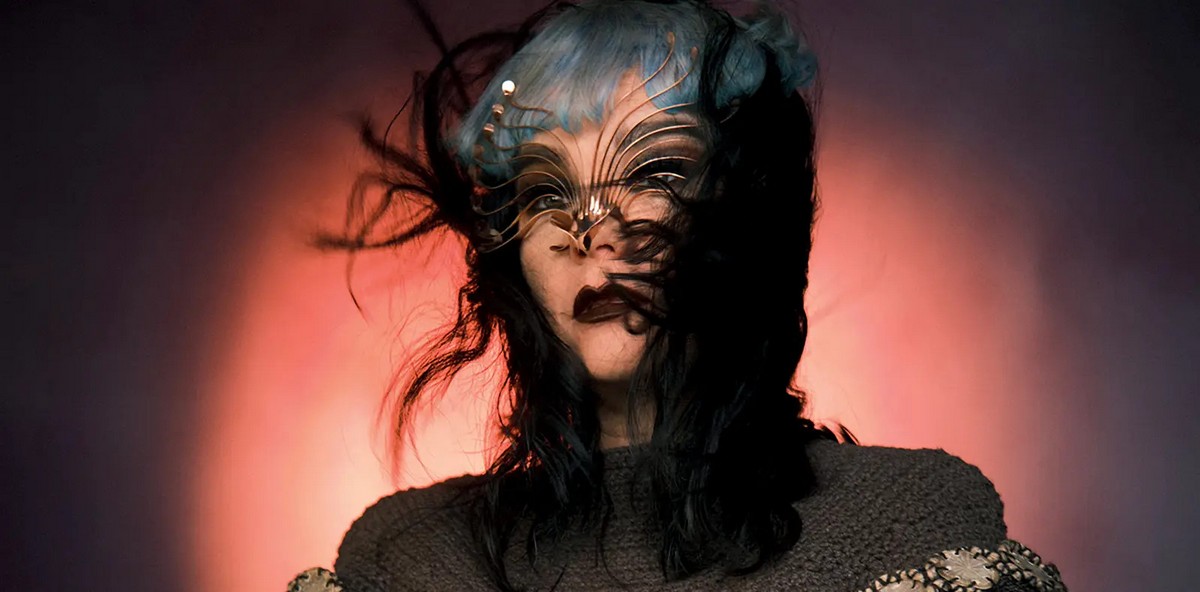
Later, Vulnicura (2015) signaled a very personal moment. With songs like “Black Lake” and “Stonemilker,” the album handled sadness and emotional rebuilding in long, slow-developing tracks. The designs were simple but strong, allowing clarity and grief to rise. Utopia came next, more airborne and replete with flutes and birdsong, as though she were reconstructing her planet from bits of tenderness and confidence. Every project provided a distinct window into her interior life without ever using the same pattern.
She has always focused on visual creative activity in her work. Björk always changes how music is perceived from costumes to stage décor, from music videos to performance art. Her songs found fresh directions via collaborations with Michel Gondry, Chris Cunningham, and later Andrew Thomas Huang. She creates worlds about each song rather than use imagery to decorate. Her performances, whether on stage or on red carpets, always advance a larger artistic story.
Her openness to conversation and experimentation is evident in her selection of collaborators. From Nellee Hooper and Matmos to Arca and Rosalía, she has surrounded herself with artists able of challenging and broadening her artistic repertoire. Inspired by several disciplines, technology, folklore, biology, she combines them with instinct and craft. Her body of work forms a constellation where each album relates to others in small and surprising ways rather than a linear path.
Her most current stage performance revealed her surprise capacity once more in 2025. Drawn on ritual as well as creativity, the performance beckoned the audience on a sensory journey more than merely a concert, intimate, immersive, and visually sophisticated. From her early years in Iceland to the worldwide art scene, she has stayed true to a vision that blends sound, emotion, and change. With every new project, she elevates the artist’s role from entertainer to adventurer rather than performer. Björk keeps redefining what pop music can be and, more significantly, what it can feel like.
